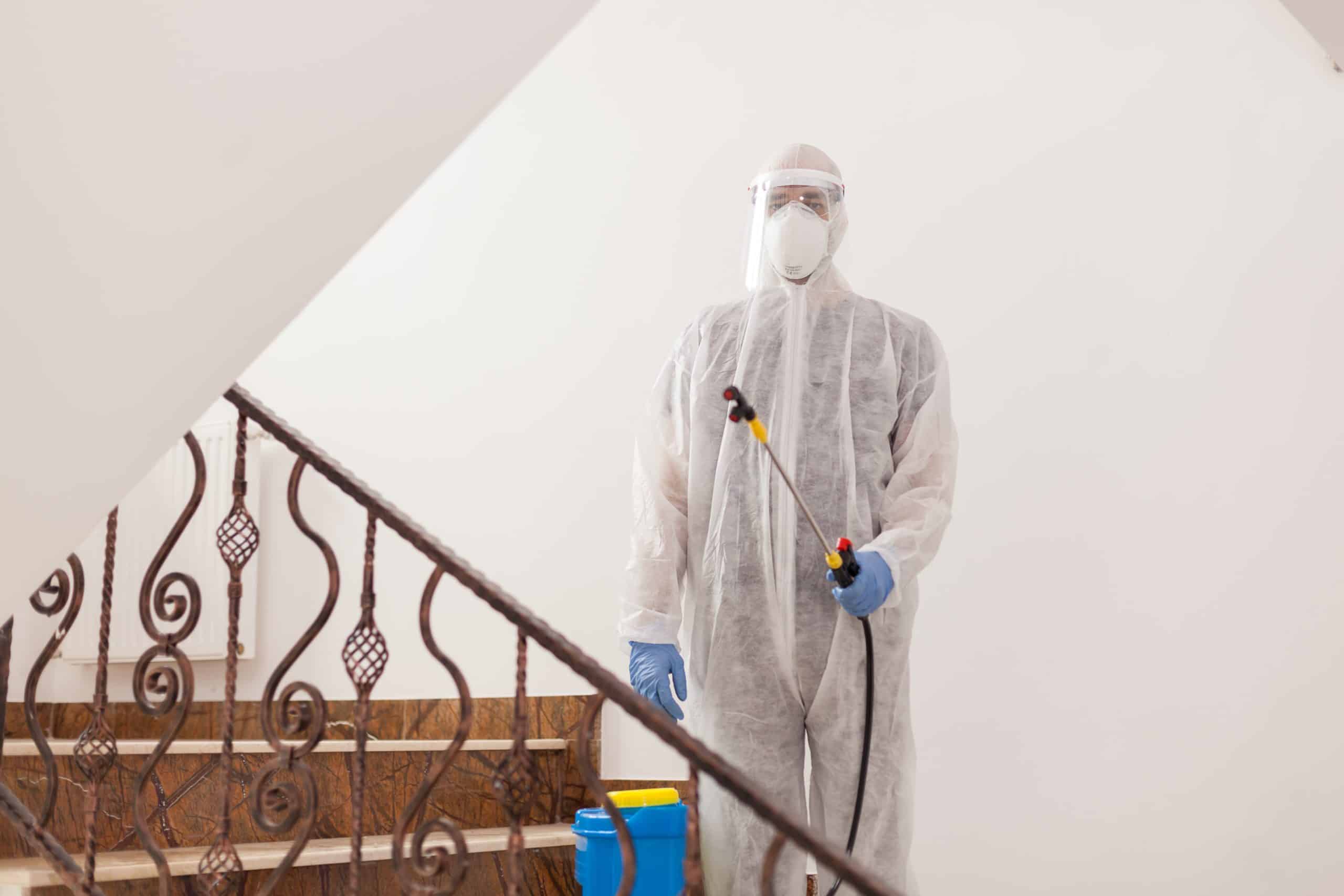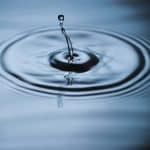In the context of ever-growing awareness of health and hygiene, the role of advanced technologies is increasingly important. One such technology is ultraviolet (UV) light, particularly UVC light, which has been employed for the disinfection of water, air, and surfaces to prevent the spread of infections and ensure public health. With the backing of numerous studies indexed on platforms such as Google Scholar, PubMed, and PMC, the efficacy of UV light in combating harmful pathogens is well-established. But what exactly is the role of UV light in public sanitation and hygiene? Let’s delve into the details.
The Science of Ultraviolet Light
Before we explore the role of UV light in public sanitation, we must understand what UV light entails. Ultraviolet light is a type of electromagnetic radiation that lies beyond the violet end of the visible light spectrum. Of the various types of UV light, UVC light is of particular interest for its disinfection properties.
En parallèle : How can smart home devices aid in the management of chronic conditions?
UVC light, with wavelengths ranging from 200 to 280 nanometers, has the ability to inactivate a range of microorganisms, including bacteria, viruses, and other pathogens. This light works by destroying the nucleic acids in these organisms and disrupting their DNA, rendering them unable to perform vital cellular functions. Most significantly, UVC light can achieve this without the use of chemicals, making it an environmentally friendly option for sanitation.
UVC Light for Water Disinfection
Water is a critical resource, and ensuring its cleanliness is paramount for public health. A study available on Crossref highlights the role of UVC light in water disinfection. UVC light has been used in numerous settings, from drinking water treatment facilities to household water purifiers. The primary advantage of UVC disinfection is that it doesn’t produce harmful byproducts, unlike chemical treatments.
A lire en complément : How NZeTA Assistant transforms travel authorization applications ?
Exposure to UVC light destroys the DNA of harmful microorganisms in the water, rendering them harmless. This method is effective against a wide range of waterborne pathogens, including those resistant to chlorine, such as Cryptosporidium and Giardia. Given its efficacy, UVC light is an indispensable tool in ensuring water safety.
The Use of UVC Light in Air Sanitation
In addition to water, air forms another crucial medium for the spread of diseases. Many respiratory infections are caused by airborne pathogens. The role of UVC light in deactivating these pathogens is crucial for indoor environments, particularly in healthcare settings where the risk of infections is high.
Studies on PubMed have shown that UVC light, particularly when used in the form of upper-room germicidal air disinfection, can effectively reduce the concentration of airborne bacteria and viruses. This form of air sanitation is increasingly being employed in various settings, including offices, schools, and public transportation vehicles. The use of UVC light for air disinfection enhances the quality of indoor air, thereby contributing to a safer and healthier environment.
UVC Light for Surface Disinfection
The role of UVC light is not limited to water and air disinfection. It is equally effective in cleaning surfaces, a key aspect of public sanitation. Infections can spread through contaminated surfaces in public spaces like transportation hubs, schools, and healthcare facilities. UVC light, due to its ability to inactivate pathogens, is an effective tool in preventing this transmission.
Several studies available on Google Scholar and PMC highlight the effectiveness of UVC light in disinfecting surfaces. UVC light devices can disinfect a wide range of surfaces, including those of electronic devices, which are often challenging to clean using traditional methods. Moreover, UVC light does not cause material degradation, making it a suitable option for routine use in public sanitation.
Safety Aspects of UVC Light
While UVC light has proven to be a potent disinfectant, its safety is a critical factor to consider. UVC light, due to its short wavelength, can cause damage to the skin and eyes upon direct exposure. Therefore, safety measures are necessary while using this form of light for disinfection.
Many UVC light devices come with safety features, such as automatic shutoff mechanisms, to prevent direct exposure to humans. Moreover, regulations and guidelines stipulate safe practices for using UVC light. Therefore, while UVC light plays a significant role in public sanitation and hygiene, its use must be managed responsibly to ensure public safety.
In conclusion, ultraviolet light, particularly UVC light, plays an invaluable role in public sanitation and hygiene. It is a potent tool against a wide range of pathogens, ensuring the cleanliness of water, air, and surfaces. While its use calls for careful handling, the benefits it offers in maintaining public health make it a technology of significant importance.
Real-World Application: UVC Light in Combatting SARS-CoV-2
While the application of UVC light in sanitation and hygiene predates the current pandemic, it has gained considerable attention in recent times due to its potential in controlling the spread of SARS-CoV-2, the virus causing COVID-19.
Even though the virus primarily transmits via respiratory droplets, it can persist on surfaces, necessitating the need for effective surface disinfection. A study indexed on Google Scholar has shown that UVC light can effectively inactivate SARS-CoV-2 on different types of surfaces. This highlights the potential of using UVC light in disinfecting high-touch surfaces in public spaces and healthcare facilities, limiting the spread of the virus.
In addition to surface disinfection, UVC light can also be employed for air sanitation. The potential of upper-room germicidal lamps, which utilize UVC light, in reducing the spread of airborne diseases such as tuberculosis has been extensively studied. However, recent research indicates that these lamps may also be effective against airborne SARS-CoV-2. A PubMed indexed article suggests that carefully designed and installed upper-room UVC systems could offer an extra layer of protection against the virus in indoor spaces.
Moreover, UVC light can also be used for water treatment. While SARS-CoV-2 is primarily a respiratory virus, some studies suggest that it might be present in fecal matter, raising concerns about its potential presence in wastewater. In this scenario, UVC light, with its proven efficacy in water disinfection, could be a valuable tool.
While considering the use of UVC light, it is crucial to keep in mind exposure limits. Overexposure to UVC light can cause skin burns and eye injuries. Only low-pressure lamps that emit UVC light in the germicidal range should be used, under strict guidelines and regulations.
Conclusion: The Future of UVC Light in Public Sanitation and Hygiene
In light of the well-established germicidal properties of UVC light, it has become a significant player in the arena of public sanitation and hygiene. Whether it is in ensuring the quality of our drinking water or the air we breathe, or in maintaining the cleanliness of the surfaces we touch, UVC light’s role is undeniable.
The advent of the COVID-19 pandemic has only accentuated its importance. The studies showing the effectiveness of UVC light in inactivating SARS-CoV-2 on various surfaces have bolstered the case for its expanded use. The research into using germicidal lamps for air disinfection has also provided promising results. As we continue to grapple with the pandemic and prepare for future public health challenges, the role of UVC light in public sanitation and hygiene is likely to become even more critical.
Nevertheless, as we utilize this powerful tool, we must also remember the importance of using it responsibly. Stringent guidelines and regulations must be in place to ensure the safety of those around us. In conclusion, while UVC light comes with its challenges, its benefits in terms of public health and safety are immense. We have only begun to scratch the surface of its potential applications, and with continued research and innovation, its role in public sanitation and hygiene is set to grow only further.











